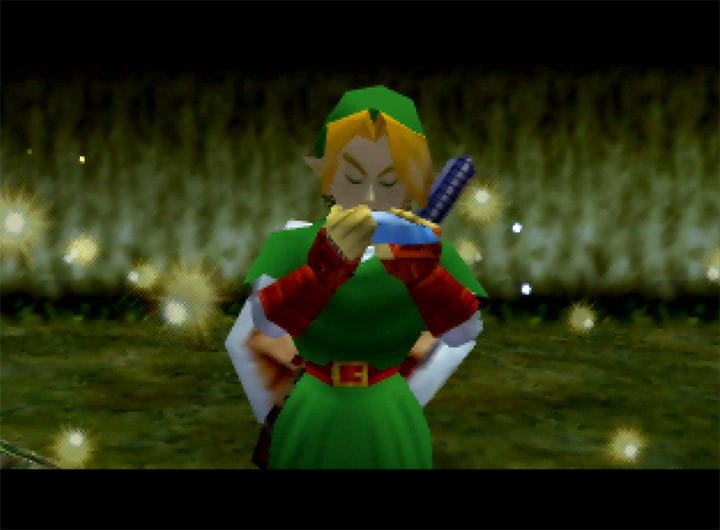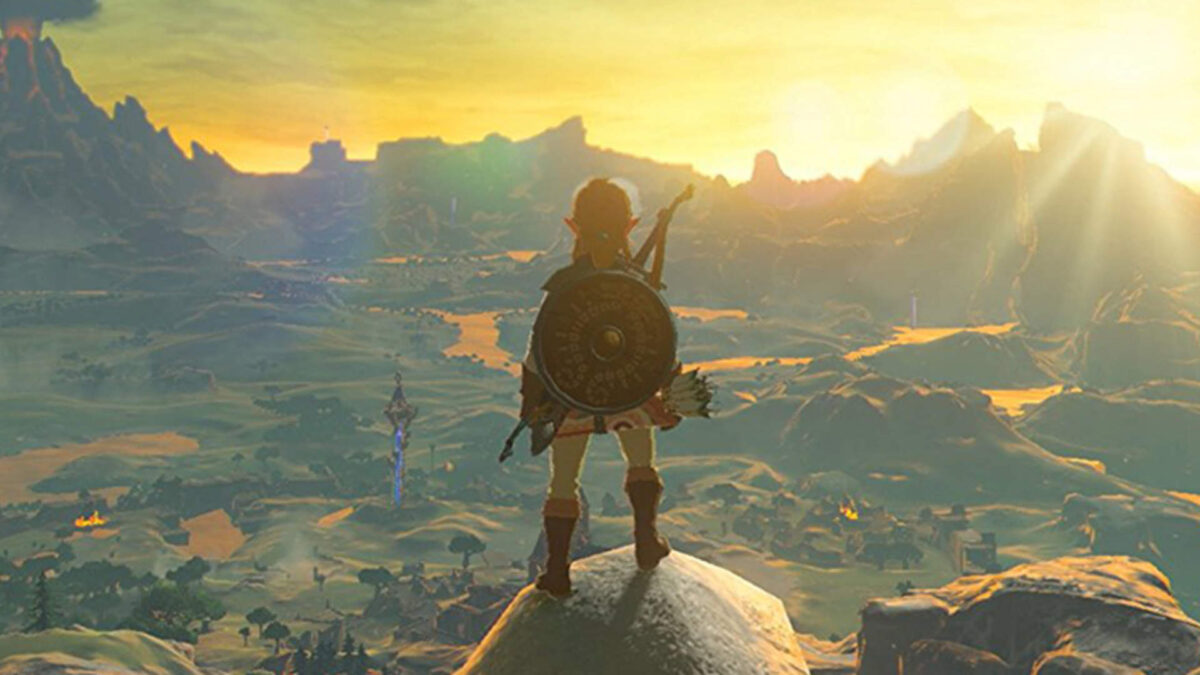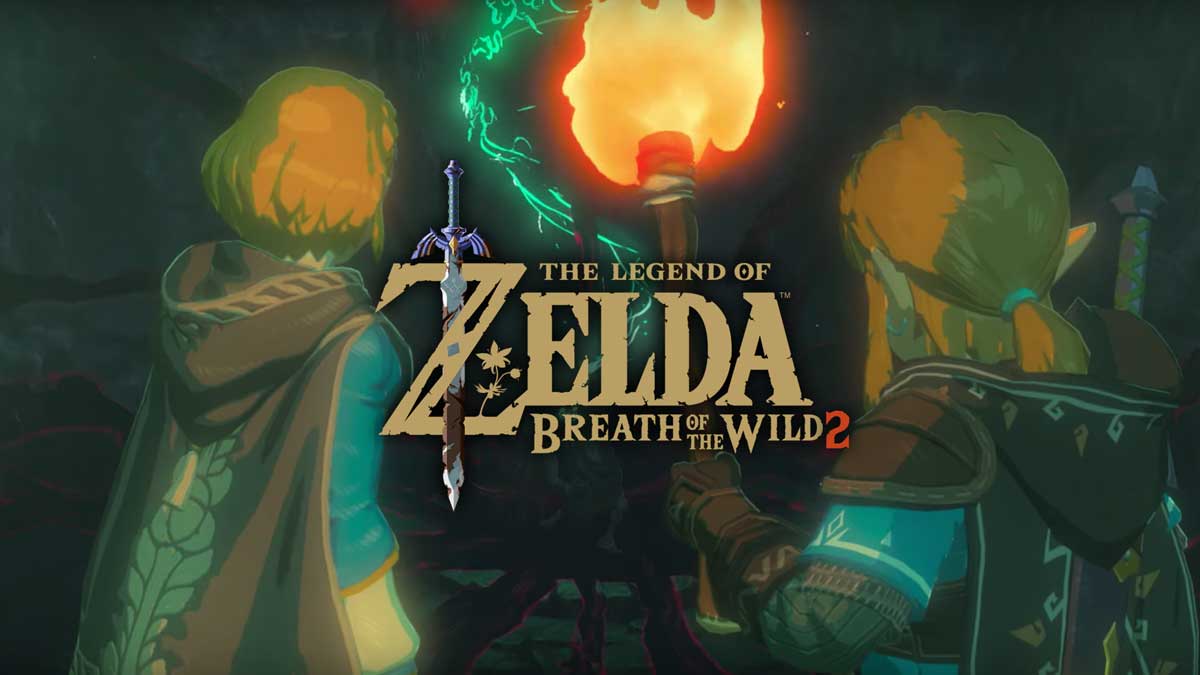The Legend of Zelda, is not necessarily the most commercially successful franchise for Nintendo, but it is probably its most respected and revered franchise of all. At least critically speaking, rarely if ever, does a main console Zelda entry score under a 90 Metacritic rating.
In fact, The Legend of Zelda: Ocarina of Time remains the highest critically acclaimed game of all time (99 rating), and the newest entry in the series, 2017’s The Legend of Zelda: Breath of the Wild currently holds a 97 rating itself.

Ask Square/Enix just how difficult it has been to maintain a semblance of quality in its long running Final Fantasy franchise. The Final Fantasy series doesn’t score above the 90s threshold since 2006 (Final Fantasy XII). The FF series even at its best, does not have an entry rated above 94, Final Fantasy IX holds the record with a 94 global score.
The comparison is made in order to illustrate how important The Legend of Zelda series (and the quality of each entry) has been for Nintendo and its hardware.
The Legend of Zelda: Breath of the Wild has been a massive success for Nintendo. Not only has it sold over 20 million units by now (becoming the highest selling Zelda game of all time), but it also kick started Nintendo Switch’s massive run of success.

A major reason for the Switch’s incredible hot start was the incredible critical reception that The Legend of Zelda: Breath of the Wild received at the time of its release. Quite simply, gamers needed a Switch in order to enjoy one of the greatest games ever made.
The Switch succeeded where both the Wii U and even the Wii (102 million units sold and all) failed; it attracted a huge segment of hardcore gamers to the console, and Breath of the Wild was the game that set the tone.
The Wii was an incredible success story for Nintendo; a GameCube repackaged with motion controls that sold 100 million units, in the process making the company a truck load of money, and setting them up for the predictable Wii U crash.
Nintendo earned a lot of children, and grandparents with the Wii as customers, but it lost many of the gamers who wanted to play games (as core gamers). Want Proof? The Legend of Zelda: Twilight Princess ( a launch title) sold about 7-8 million units on the system, as it sold 9.96 million units when the Wii U (remaster), and GC units are added to the tally.
Those are great numbers, but somewhat of an abysmal total when you consider that there were about 100 million Wii units in households, and nursing homes out there. Apparently, the elderly and the very young were not very interested in the franchise.
To make the comparison more jarring, The Legend of Zelda: Ocarina of Time sold anywhere from 7.5 to 8 million copies on the Nintendo 64, a system that only sold 33 million consoles during its lifespan. Yes, the Wii’s success was a tad of smoke and mirrors when it came to the core gamer, and the Wii U’s spectacular failure only served to confirm this.
Assuming that the Switch has sold about (according to the latest reports) 60-64 million units, then Breath of the Wild selling over 20 million units (and counting) at a whopping $59.99 is impressive.
The Legend of Zelda: Breath of the Wild holds the highest attachment ratio to console sold of any game in the series, proving that 34 years after its arrival on the Nintendo Entertainment System, the series is currently at its Zenith in terms of popularity.
Thus, this week’s Michael Patcher’s latest prediction (Gamingbolt interview) of Breath of the Wild’s sequel going on to sell 35-40 million units in its lifetime seems very likely.
“I think it will sell more. Bigger install base, and the brands that everyone buys Nintendo systems for are Zelda and Mario Kart and Smash Bros. And how many Switches will be on the market by the time the next Zelda is out, 75 million? They will probably have no trouble selling 25 million units of the next Zelda game, they will probably sell 35 million, even 40 million.” – Michael Patcher Gamingbolt interview.
Breath of the Wild’s sequel is likely to encounter unprecedented success for the series, and maybe, who knows? Nintendo will finally drop the price of its fore-bearer right before it launches, right?
I will conclude today’s article with these two fun facts: Only two Nintendo Home Consoles have launched with a Zelda entry ( The Wii, and The Switch), both consoles went on to become Nintendo’s most successful home units.
Finally, only one Nintendo home console was devoid of an original Zelda entry during the first half of its lifecycle (The Wii U), and that console was its biggest commercial failure.
